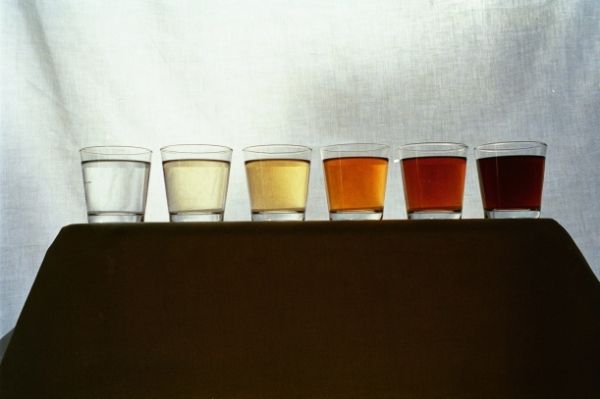Over the past 50 years, the water in lakes and watercourses has turned increasingly brown. The so-called browning has a negative impact on both drinking water production and ecosystems. If nothing is done, the water is likely to turn even browner – however, there is hope.
Supported by a new study, researchers from Lund University and the Swedish University of Agricultural Sciences (SLU) are pointing to measures that could be taken with the purpose of mitigating and, in the long term, reversing this development.
Lakes, brooks, streams and rivers are turning brown due to iron and organic matter leaching from the surrounding soil into the water. This is a natural process that is common across the Northern Hemisphere. However, in recent decades, the colour has intensified and more and more lakes and watercourses have turned noticeably brown.
One consequence is that the water treatment plants have been forced to take more measures in the purification process and to use more chemicals to purify water for human consumption. Another consequence is that the lakes’ ecosystems are affected. A third is that it is less tempting to go for a swim on a warm summer’s day if the lake is brown.
Read more at Lund University
Image: The water in the glasses comes from natural waters within a distance of 35 kilometers in the county of Jönköping, southern Sweden. (Photo Credit: Stefan Löfgren)


